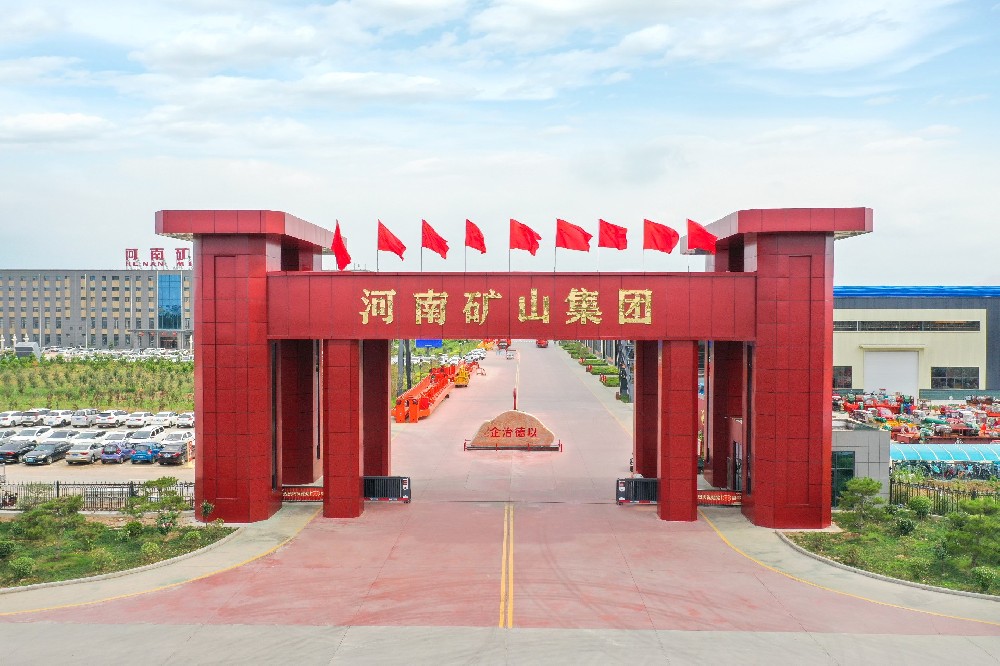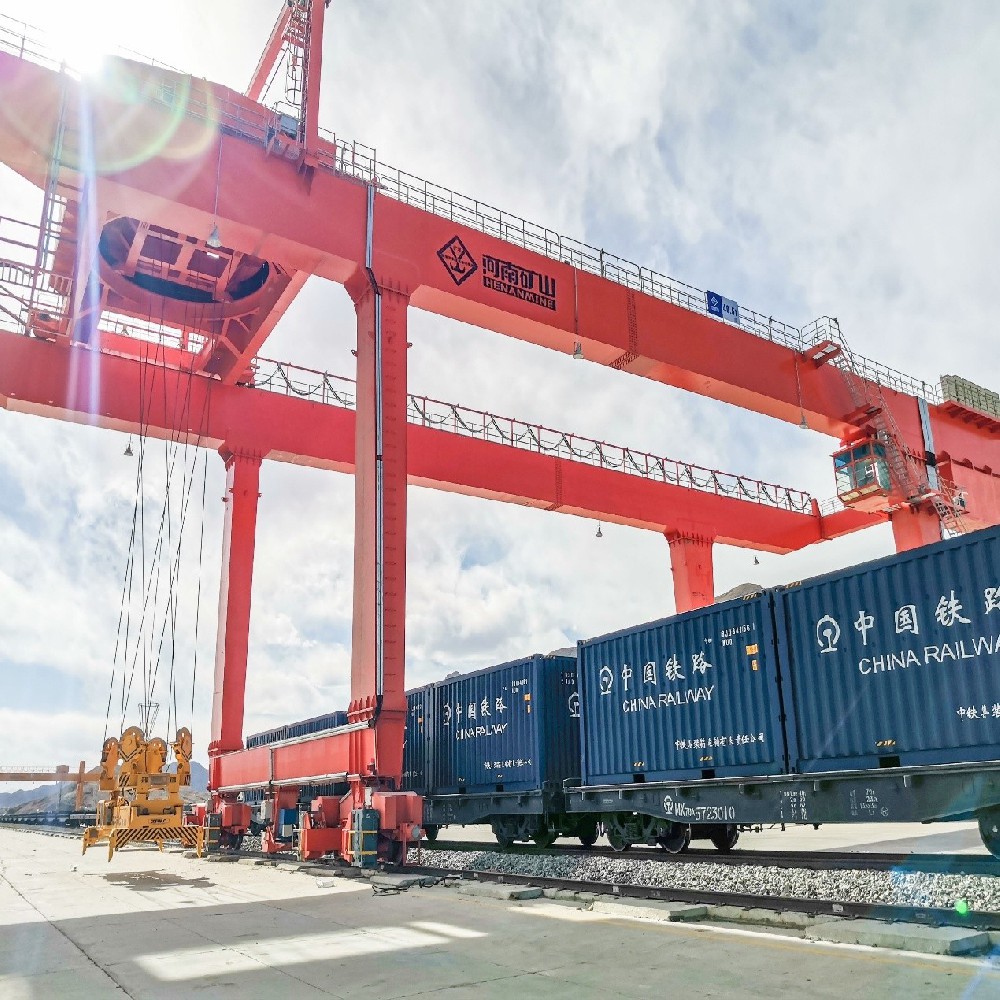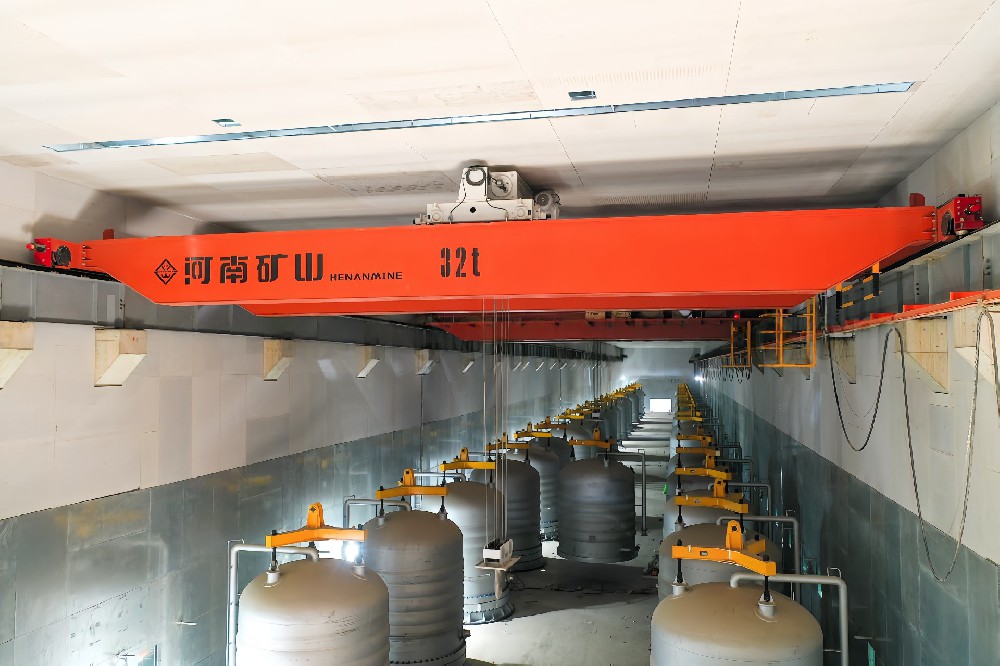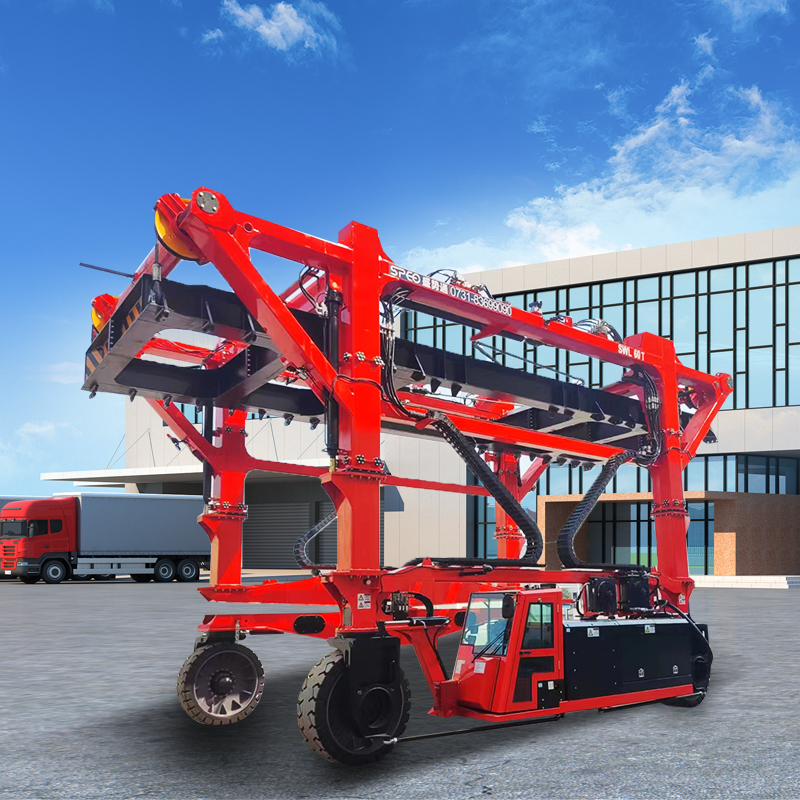- So, how do you go about picking bridge cranes for nuclear power plants?
-
Release Time:2025-11-07 10:13:13Share:
So, how do you go about picking bridge cranes for nuclear power plants?
Bridge cranes are a key part of the huge, complex setup of a nuclear power plant, helping to move things around between the reactor building, steam generators and nuclear fuel handling facilities. They're responsible for important tasks like setting up equipment, reloading fuel, maintaining key components, and providing emergency support.
From lifting hundred-ton reactor pressure vessels to getting nuclear fuel assemblies in the right place and looking after maintenance equipment, bridge cranes have to be safe and reliable to keep nuclear power plants on track. Choosing a bridge crane that ticks all the boxes and can deal with the tough conditions of nuclear power is about more than just getting the right equipment. It's a vital part of making sure we've got a safety net in place for nuclear power.
I. Nuclear Power Plant Environment: Bridge cranes face some pretty extreme challenges when they're working in nuclear power plants. The conditions are really tough, much tougher than what you'd find in regular industrial settings: 1.
Highest Safety Level Requirements: Nuclear safety is really important. Some bridge cranes, like the ones used in reactor buildings to lift in-core components or new fuel assemblies, have to keep working during things like earthquakes or accidents. They have to shut down reactors safely or deal with the consequences of accidents.
2. It's really accurate and smooth, even at the extreme positions. When you're dealing with important nuclear equipment or fuel assemblies, you need to be really precise, and it's crucial that everything operates without any shocks or vibrations. Any mistake could damage expensive equipment or fuel assemblies.
3. Potential Radiation Environment: Bridge cranes and their drive control systems need to be able to handle radiation and make it easy to monitor and decontaminate them remotely. They're used in places like reactor buildings and spent fuel pools.
4. The product has to be reliable and last a long time. Designs usually last about 40 to 60 years. During this time, we've got to keep the failure rates super low. This is really important for key cranes that are involved in fuel reloading, because if they're not available it can mess up outage schedules and how well the plant performs financially.
5. Stringent Quality Assurance and Warranty Systems: We've got to make sure we stick to the nuclear-specific quality standards at every stage, from design to testing. All processes have to be fully traceable and verifiable.
6. Seismic Requirements: Cranes in the nuclear island need to be designed to the highest seismic resistance level, making sure they're strong enough and can be used during and after both Safety Stop Earthquakes (SSE) and Operating Basis Earthquakes (OBE).
7. Harsh Environmental Conditions: These are places where chemicals can be at risk from corrosion, because of the high temperatures and humidity.
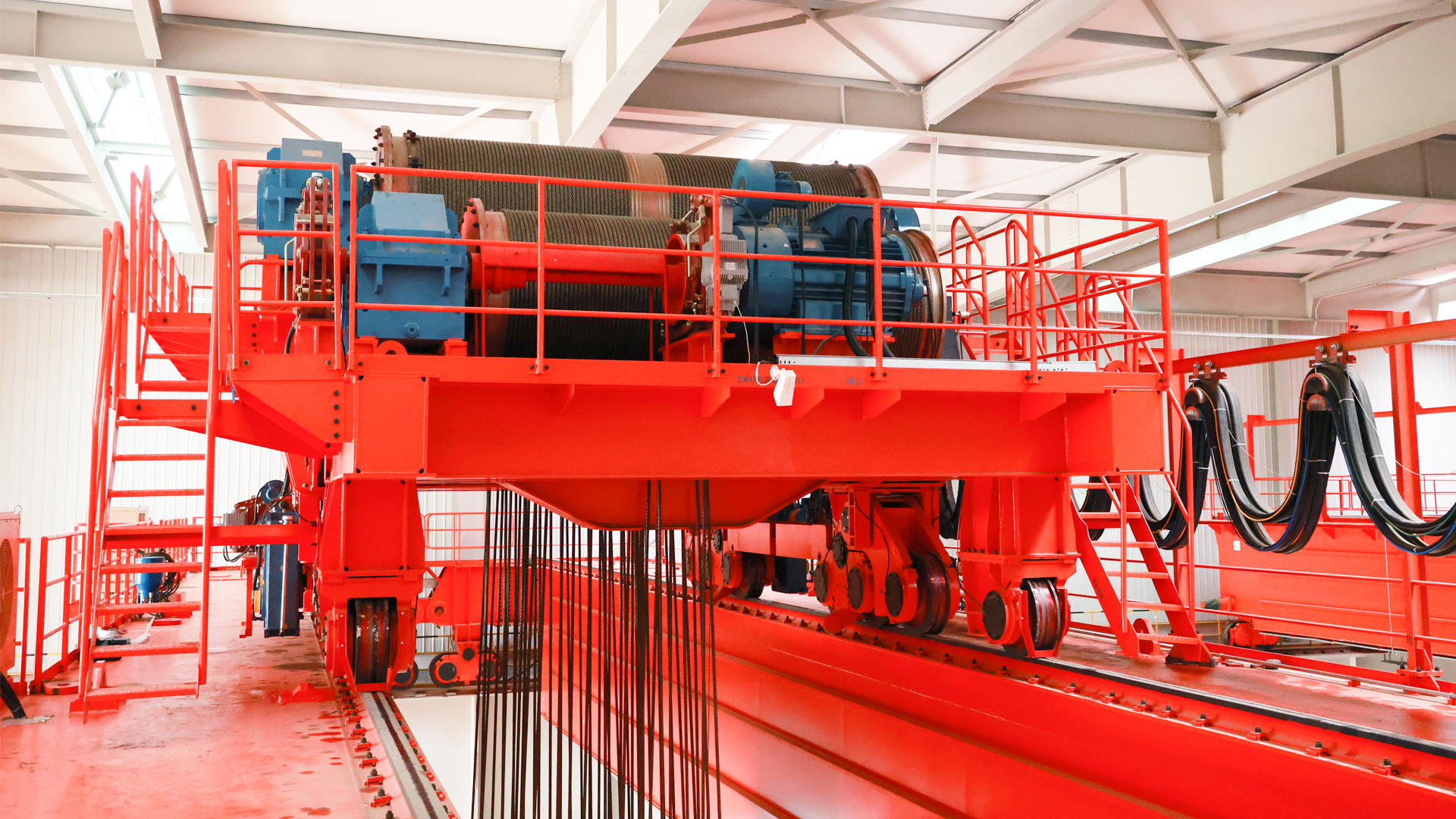


II. A detailed look at the different types of bridge cranes used in nuclear power plants
When it comes to the different areas and lifting tasks in different parts of the plant, there are a few main types of bridge cranes that are used:
1. By Safety Level and Function:
We've got safety-class bridge cranes available. These cranes in nuclear power plants are the most critical and stringently regulated. They're usually based in the reactor building, doing jobs that have to do with nuclear safety.
We've got heavy-duty bridge cranes that aren't safety-grade. This is used for dealing with big, non-safety-critical equipment in the plant, like steam turbines, generator stators/rotors, condensers in the conventional island and large modules in the nuclear island.
Fuel Handling Bridge Cranes: These are mostly used in nuclear fuel buildings to receive, inspect, store, and transport new fuel assemblies, as well as transfer and package spent fuel assemblies.
I'm afraid to say that the Spent Fuel Pool Bridge Crane has been damaged. It's located right above the spent fuel pool and is used for things like removing, placing, transferring, inspecting and loading canisters with spent fuel assemblies.
The bridge crane is used for maintenance and is also known as the auxiliary bridge crane. It's spread out across different buildings for things like regular maintenance, moving spare parts around, and fixing stuff when it breaks.
2. By Structural Type:
We've got double-girder bridge cranes too. This is the most common structure in nuclear power plants. It's made up of two main girders (box girders or truss girders), end beams, and hoisting trolleys. It's really rigid, can take a lot of weight, and is smooth to use, which makes it perfect for tough, high-precision situations.
The crane is a single-girder bridge crane. It's got a pretty simple and lightweight structure, which makes it cheaper. This is mostly used for lifting smaller loads, with lower duty cycles and for general precision requirements.
3. By drive and control system:
We've got variable frequency drive (VFD) bridge cranes too. This is the latest trend in modern nuclear power plants. They use AC variable frequency speed control technology to achieve stepless speed regulation, exceptionally smooth starts/stops, and millimetre-level precision positioning.
The soft start/stator voltage regulation drives are great. You're more likely to find them in older cranes, and they're not as smooth or precise as VFD drives. They've pretty much been phased out in new nuclear power projects.
We've got some smart bridge cranes here: They build on variable frequency drives, integrating automatic positioning systems, anti-sway automatic control systems, automatic collision avoidance systems, real-time condition monitoring and diagnostics, and remote operation/monitoring capabilities.
III. Here are some of the main things to think about when choosing nuclear power plant bridge cranes.
1. Safety Level and Seismic Requirements: First, you need to work out whether the bridge crane needs to perform safety functions (1E class). Can you tell me what seismic category the location of the installation falls into? This has a big impact on things like design standards, materials, manufacturing processes, testing and costs.
2. Rated Lifting Capacity and Duty Cycle: Find out exactly how much weight you can lift based on the maximum hoisting load. The duty cycle has to match how often it's used and how intense it is.
3. Span and Lifting Height: The span is exactly the same as the distance between the columns of the plant building. The lifting height has to meet the requirements of clearing the tallest equipment, reaching the lowest working position, and maintaining enough safety clearance.
4. Positioning Accuracy and Running Smoothness: These are the main things we look at to see how well nuclear power bridge cranes are performing. Please make sure you clearly define the positioning accuracy and smoothness grade that's needed for lifted objects.
5. Redundancy and Reliability Design: We've got critical mechanism redundancy covered. For safety-critical or extremely vital bridge cranes, hoisting mechanisms often use dual brakes, dual motor drives, or even dual independent systems.
We've got control system redundancy covered. So, for these critical bridge cranes, the control systems need to have multiple layers of protection.
You'll need to think about emergency backup power for cranes that are critical to safety or that are part of the most important process. These cranes often need emergency diesel generators or UPS power supplies.
6. Radiation Protection and Environmental Adaptability:
So, let's talk about material selection. You've got to use radiation-resistant materials in the radiation zones.



So, component derating is: Electrical and electronic components need to be significantly derated to make them last longer and be more resistant to radiation.
Here are some protective measures: Make sure you provide lead shielding for operator cabs and electrical control cabinets when needed, and improve the sealing of the equipment.
7. Here's what we've got on safety protection devices:
There are a few overload limiters, like alarms and cut-offs at different thresholds.
These switches are great because you can use them in different directions.
Overspeed protection is included.
There are two types of hoist height limiter: absolute and redundant.
There are emergency stop buttons set up in a few different places.
There's interlock protection for things like building doors and other cranes.
We've got wind protection devices for the outdoor sections.
The system prevents cranes from colliding with each other (even when they're all in the same space).
The system keeps an eye on seismic activity and automatically shuts down if it detects any problems (Seismic Class I).
We've got you covered for wire rope breakage and slack protection.
8) Protection that's specific to the task Intelligent and Remote Operation:
The remote operator station has CCTV monitoring.
You can use it either in semi-automatic or fully automatic mode. The latter is great for complex tasks like material handling, because you can set it to run a pre-programmed operation.
There's an online system that keeps an eye on the equipment and does predictive maintenance.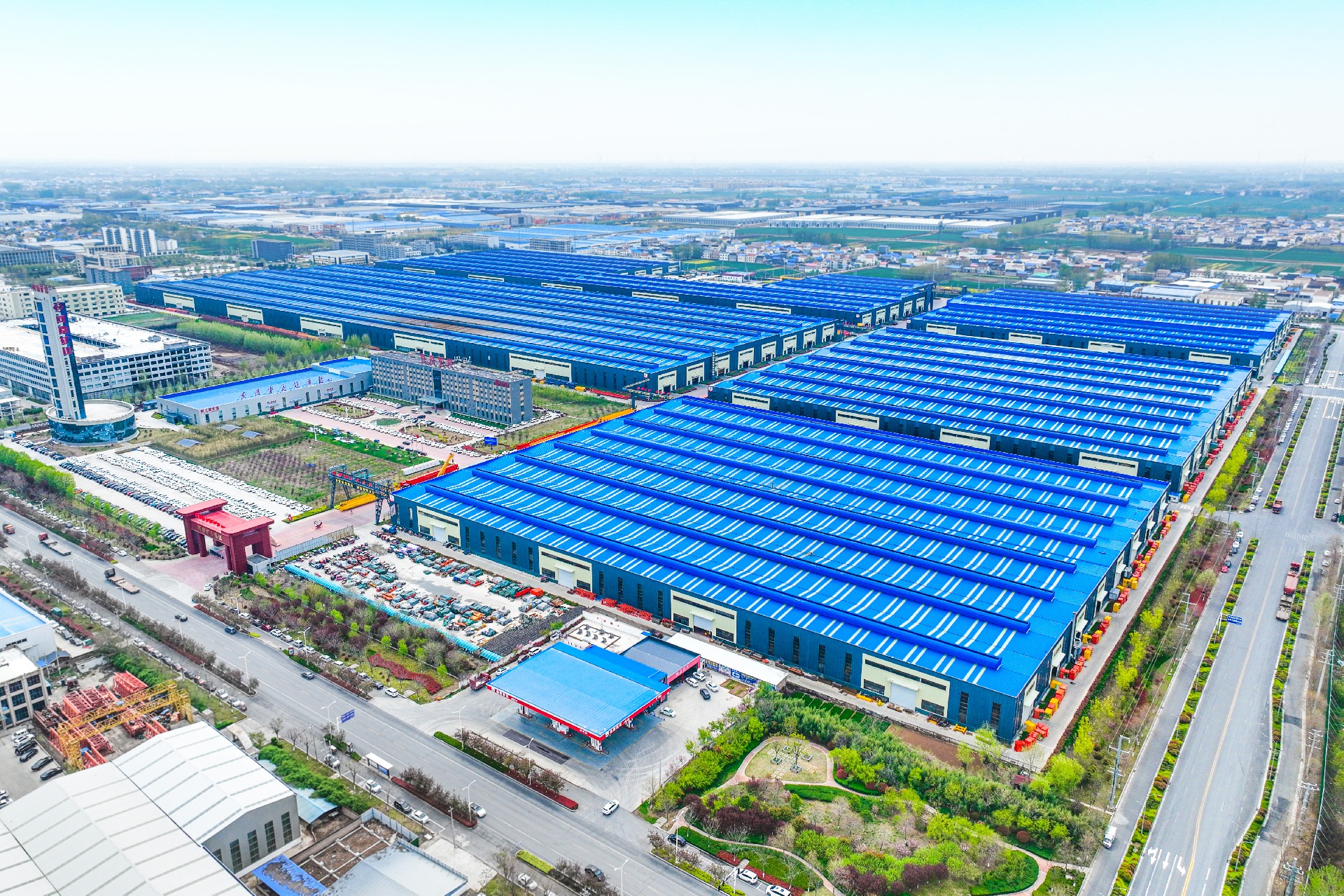
As a top global supplier of cranes, Henan Mine Crane has a wide range of products from 5 to 500 tons. We'll provide custom designs based on site drawings, load characteristics and environmental parameters. Our full lifecycle services offer all-in-one solutions, from site surveys and design planning to installation and commissioning, plus regular maintenance.
Email:infocranehenanmine.com
WhatsApp:http://wa.me/8615565218499
